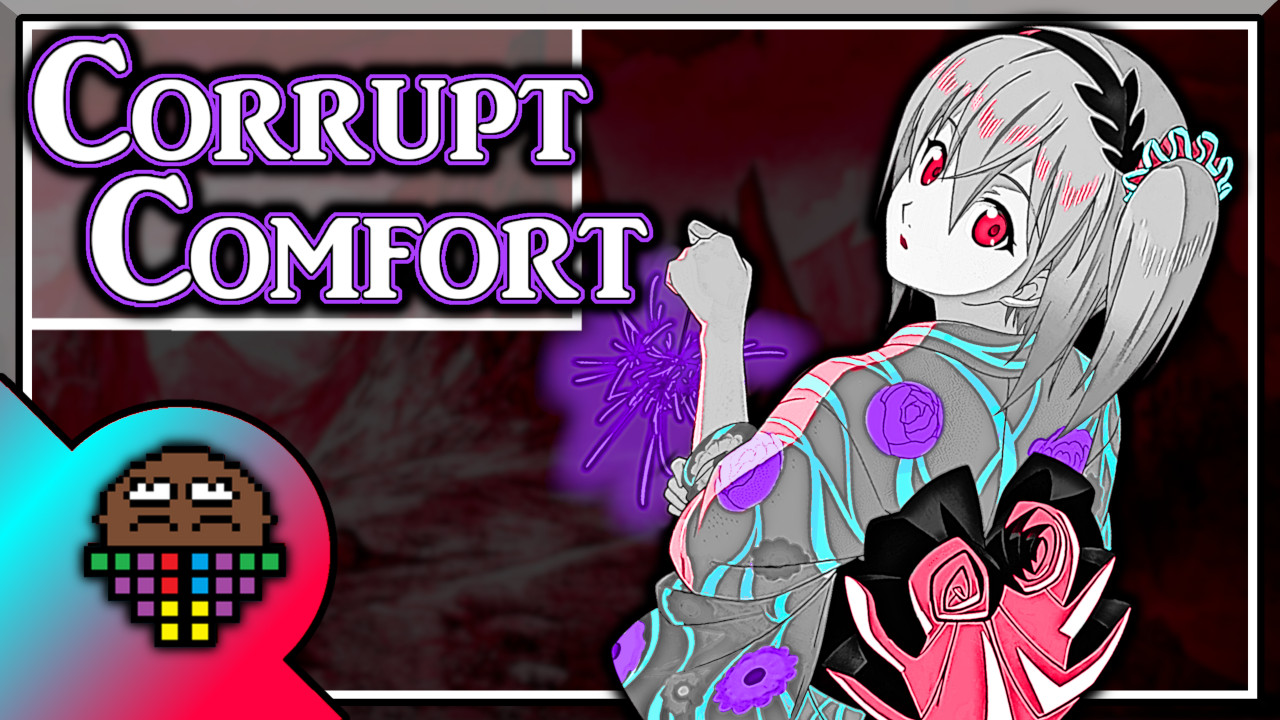I really don’t want to become emotional for this article, but I might.
Back in January of 2021, I lost my grandmother to Covid-19. While I was mourning, I struggled to reconcile the various feelings of grief with my outlook on life and my religious beliefs. I started playing Tales of Zestiria as a way to escape with a light-hearted story, because of my fond memories with the Tales of Symphonia games. By pure coincidence, this game was about exactly that grief with which I was struggling.
Kegare is a Shinto religious belief that encompasses many phenomena that we typically separate in non-Japanese philosophies: pollution, disease, natural disaster, and immorality. Kegare is juxtaposed against purity, which is the more idealized opposite of those things, and maintained both through faith in the gods and the proper rituals for preserving nature. In Shinto, these ideas of the divine and the natural, the mental and the physical, are not as separate as they are in the Cartesian and Christian traditions which raised me.
Likewise, Kegare, as best as I can explain it, is both natural and personal. Kegare can come from people through their choices, bigotry-hatred-ignorance, but is also a force present in nature. Kegare does not need to come from anywhere; it can just happen to you, like a storm or a plague. Tales of Zestiria, like many Japanese RPGs, use European trappings from the Christian church, as well as European fantasy. Make no mistake, however, that the visual style does not supersede the antagonism of this uniquely Japanese idea.
You play as Sorey, a human raised among the Seraphim, using the angelic name as a stand in for the Japanese concept of Kami. The average human lives in a state between being connected or separated from the magic of the world, and thus cannot see the Seraphim. Those people who stray too far from their faith become vulnerable to the Malevolence, the Kegare that is spreading through the world. Thus, Sorey and friends must travel the world to restore the ritual bonds with the spirits of nature. Purifying the sources of Malevolence along the way.
Now I am not going to make too much of this. While I had a very profound experience with the game, the game itself is not very profound. The game does not take the Kegare concept very seriously. At times, it can even seem downright random. From a street kid stealing some food, to not respecting classical paintings, many things that probably wouldn’t count as Kegare are depicted as such. Purity is equally not serious, given that we purify things mainly through going super-saiyan. (If also didn’t help that, for most of the game, I had the characters wearing sunglasses and cowboy hats). So, most of the time, when the game was set on making serious plot developments, they felt unearned. All except for one character.
Edna, as an Earth Seraph, was the powerhouse of the group. Essentially Toph Bei Fong with an umbrella, she expressed affection through teasing and ridicule, and wasn’t afraid to throw out polite, social norms for the sake of telling people hard truths. Plus, her Super-Saiyan form is two, giant fists for punching and earth bending! I was never not going to love this character!
But, when we meet Enda, she has become a social recluse. Her brother, Eizen, has become a dragon, a monster that forms when a Seraph is completely corrupted by the Malevolence. Though she is unwilling to leave her brother to help us on our journey, we convince her with a wide-eyed promise to find a way to purify the Malevolence, even from a dragon.
This task becomes a sidequest, and at any moment you can attempt to challenge the dragon to a fight; you can attempt to purify him. But doing so before Edna is ready has her choose not to fight alongside you. As you near the end of the game, Sorey has gained the power necessary to fight Heldalf, the great evil that is speading Malevolence through the world. But, at the same time as gaining this power of purification, we realize that some people who have fallen to malevolence simply can’t be saved.
Upon this realization, Edna is finally ready to face her brother, to let him go, and end his suffering.
But how remarkably unfair? We have the capability to save the entire world, but not the one person we care about. Sometimes, Kegare just happens to you, and the people you love. The only way to move on, to keep the faith, is to accept that unfairness. To live life focusing on what you can do to make the world better, and not on what is beyond our control.
It wasn’t fair, but it reflected my true experience of grief back to me. It helped me toward acceptance.
Tales of Zestiria is not a serious game. But is seriously offered me a strange sense of comfort.


